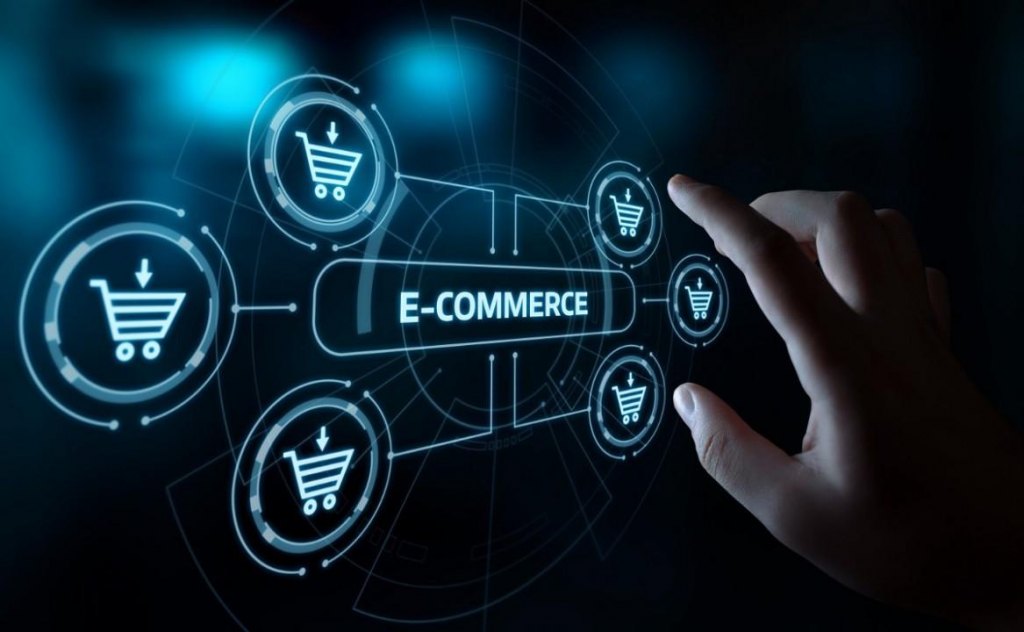
The e-commerce industry is constantly evolving, and new trends emerge every year. From voice search and same-day delivery to personalized marketing and augmented reality, businesses are adopting these trends to stay competitive. While some trends may seem hype, they can significantly impact a business’s success. Social media shopping, subscription services, and promoting social responsibility are also gaining attention from customers.
By embracing these trends, e-commerce businesses can position themselves for success in the ever-changing digital landscape, with new trends emerging yearly. This post will examine some of the latest starting e-commerce trends and whether they’re hip or hype.
- Voice Search
- Same-Day Delivery
- Personalized Marketing
- Social Media Shopping
- Augmented Reality
- Subscription Services
- Social Responsibility
Voice Search

Voice search is becoming increasingly popular with the rise of smart speakers and virtual assistants like Amazon’s Alexa and Google Home. By 2022, it’s estimated that 55% of households will own a smart speaker. As a result, e-commerce businesses are optimizing their sites for voice search to cater to this growing trend.
While voice search may still be in its early stages, it’s clear that this technology has significant potential for e-commerce businesses. By optimizing their sites for voice search, companies can ensure that their products are more discoverable to potential customers, increasing their chances of making a sale. Verdict: Hip.
Same-Day Delivery
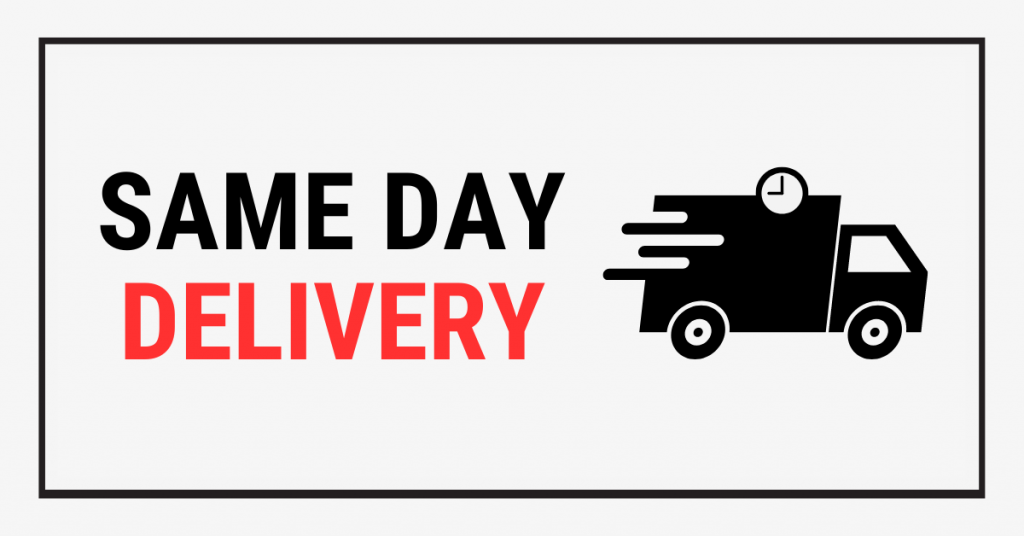
Customers have come to expect fast delivery times when shopping online, with Amazon Prime’s two-day shipping setting a high bar for e-commerce businesses. As a result, same-day delivery has become increasingly popular, with businesses partnering with logistics companies to offer faster shipping options to customers.
While same-day delivery may seem like a logistical nightmare, it can provide a competitive advantage for e-commerce businesses. Customers are more likely to shop with companies that offer faster shipping times, and same-day delivery can also lead to higher customer satisfaction rates. Verdict: Hip.
Personalized Marketing

Personalized marketing is a strategy that uses customer data to create targeted marketing campaigns. By analyzing customer behavior, businesses can tailor their marketing efforts to individual customers, making it more likely that they’ll make a purchase.
Personalized marketing is effective in increasing customer engagement and sales. By tailoring their marketing campaigns to individual customers, businesses can provide a more customized shopping experience, leading to higher customer loyalty and repeat purchases. Verdict: Hip.
Social Media Shopping
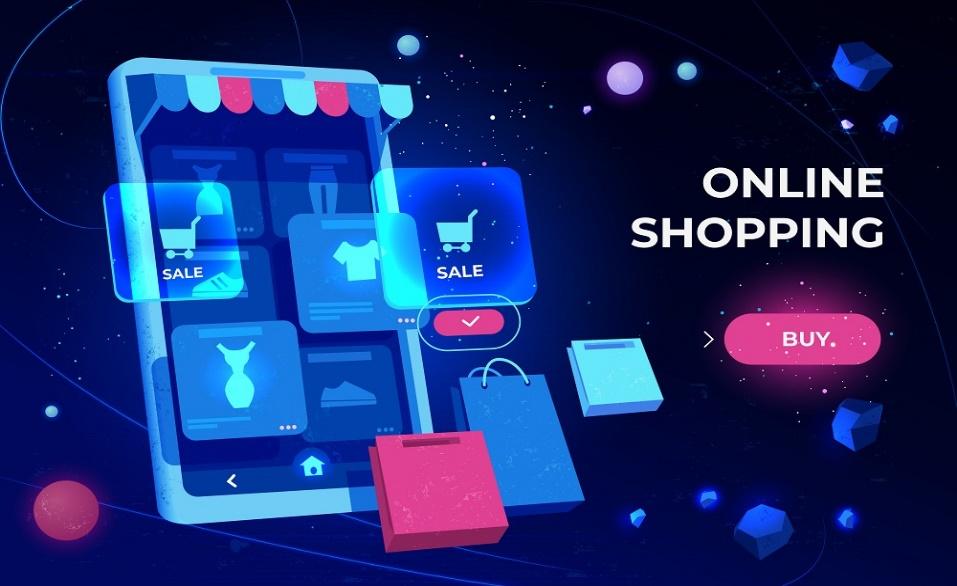
Social media platforms like Instagram and Facebook are starting to offer shopping features that allow customers to buy products directly from their feeds. E-commerce businesses are taking advantage of this trend, using social media to promote their products and drive sales.
Social media shopping offers a new way for businesses to reach customers, but it’s still in its early stages. While it may not be a game-changer, companies that take advantage of this trend can benefit from increased visibility and potential sales. Verdict: Hype (for now).
Augmented Reality

Augmented reality (AR) technology allows customers to see products in a 3D format, giving them a better idea of what the product looks like before making a purchase. E-commerce businesses are starting to use AR technology to enhance the customer experience.
AR technology can provide customers with a more immersive shopping experience through virtual events, increasing the likelihood of a purchase. However, AR technology is still in its early stages, and not all e-commerce businesses may have the resources to adopt it. Verdict: Hype (for now).
Subscription Services
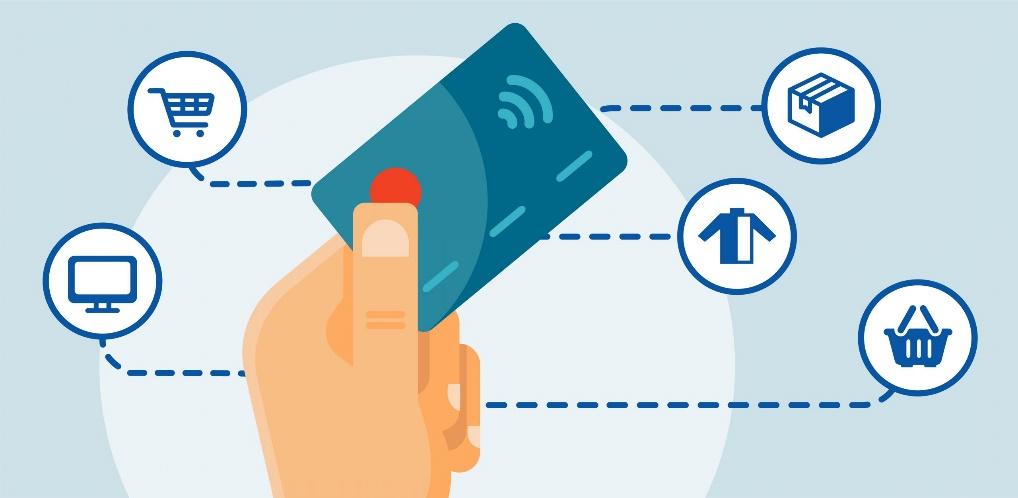
Subscription services allow customers to receive products regularly, either monthly or quarterly. This model is becoming increasingly popular in the e-commerce industry, with businesses offering everything from meal kits to clothing subscriptions.
Subscription services offer a convenient way for customers to receive products, and businesses can benefit from recurring revenue. However, companies offering subscription services must ensure they provide value to their customers or risk losing subscribers. Verdict: Hip.
Social Responsibility
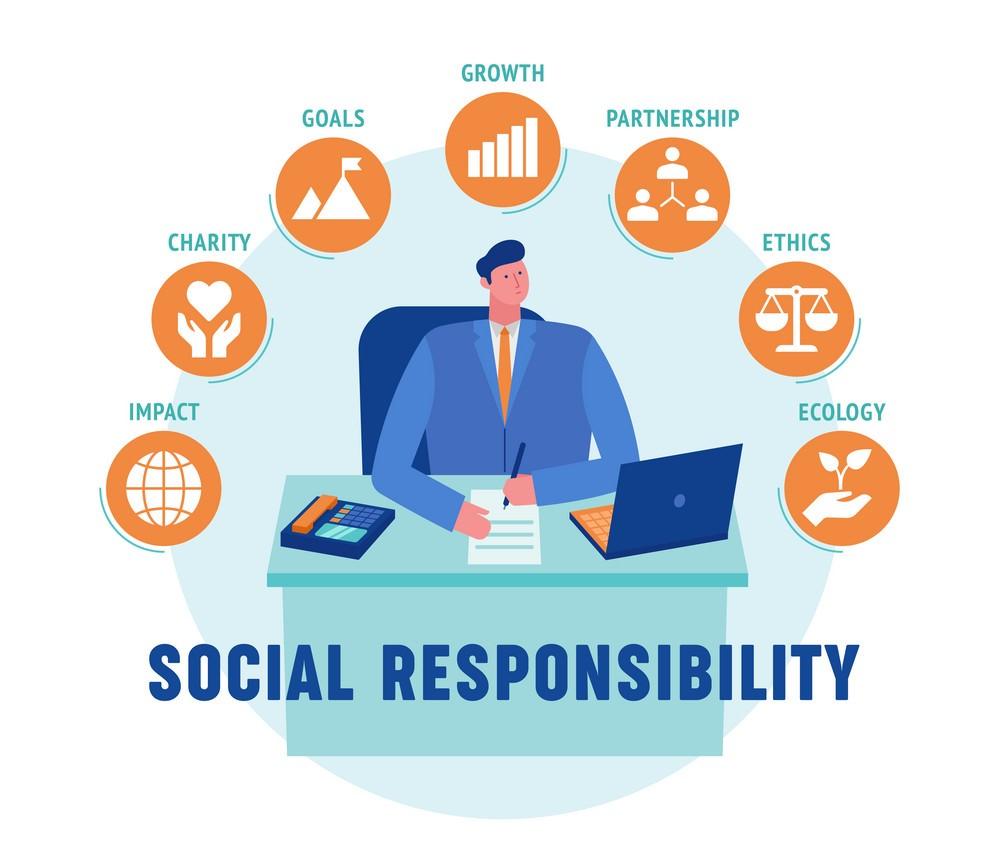
Customers are becoming more conscious of their purchases’ social and environmental impact. E-commerce businesses that promote social responsibility and sustainability are gaining more attention from customers.
Promoting social responsibility and sustainability can lead to increased customer loyalty and sales. However, businesses that make sustainability claims must ensure that they
Product adoption is the rate customers accept new products or services a business offers. In recent years, there has been a growing focus on sustainability and ethical consumerism, which has impacted product adoption. Sustainable and ethical products are becoming more popular, and e-commerce businesses that offer such products are gaining more attention. Customers are more likely to adopt products that are eco-friendly, cruelty-free, and made from sustainable materials. Additionally, products that align with customers’ values and beliefs are more likely to be adopted.
However, it’s important to note that not all e-commerce businesses can offer sustainable and ethical products. Small businesses with limited resources may find it challenging to adopt these products due to high production costs. Therefore, assessing whether product adoption trends align with your business model before investing in sustainable and ethical products is essential.
Customer support is a critical aspect of running an e-commerce business. In the past, customer support was primarily handled through phone and email. However, with the rise of e-commerce, there has been an increased need for better and more efficient customer support. Customer support software is a tool that can help e-commerce businesses provide better support to their customers.
Customer support software enables businesses to handle customer inquiries through various channels, including live chat, social media, and email. That helps to improve response times and provides customers with a seamless experience. Additionally, customer support software can help businesses track customer inquiries, which can help identify common issues and improve the overall customer experience.
Online tools in e-commerce have been on the rise in recent years. Online tools can help e-commerce businesses automate various processes, including marketing, inventory management, and order fulfillment. Additionally, online tools can help businesses make data-driven decisions by providing insights into customer behavior and market trends.
E-commerce businesses can access many online tools, from analytics software to social media scheduling tools. Among these tools, social media marketing has emerged as a popular and essential tool for businesses to connect with customers and promote their products. Social media platforms such as Instagram and Facebook allow businesses to create targeted ads and track customer engagement, which can help them refine their marketing strategies and achieve better results. As a result, social media marketing has become a vital element of the e-commerce toolkit, enabling businesses to leverage the power of social media to drive growth and build brand awareness.
Chatbots
Another online tool that is gaining popularity is chatbots. Chatbots can help businesses automate customer support, provide personalized recommendations, and handle inquiries outside business hours. Chatbots can help businesses save time and money while providing customers with a seamless experience.
The latest starting e-commerce trends, including product adoption, customer support software, and online tools, are not just hype but are critical factors that can impact an e-commerce business’s success. E-commerce businesses must stay updated with the latest trends to provide better customer experiences and remain competitive.
Sustainable and ethical products, customer support software, and online tools are just a few of the latest trends that can help businesses achieve these goals. By embracing these trends, e-commerce businesses can position themselves for success in the ever-changing digital landscape.























Leave a comment!